Discover everything about the Camino Francés stages: official breakdown, my personal route and practical tips for where to sleep along the way.
How do the stages of the Camino Francés work?
The Camino Francés is the most popular pilgrimage route to Santiago de Compostela. It starts in the French village of Saint-Jean-Pied-de-Port and ends some 800 kilometers later in northwestern Spain. Along the way, you’ll walk over mountains, through rolling vineyards, past medieval towns and across vast Spanish plains. It’s an adventure of walking, sleeping, eating and repeating for weeks on end, with the occasional rest day if your body or mind needs one.
When you first look into the Camino, it may seem like there’s a fixed schedule. But there isn’t. There are popular stage layouts, such as the ones by Gronze or in John Brierley’s guidebook, which many people use as a guideline. Still, chances are you’ll end up deviating from them. Maybe you don’t want to miss a lovely albergue, maybe you need a shorter stage after a tough day, or maybe knee pain forces you to switch things up. And that’s totally fine.
I walked the Camino Francés in the spring of 2025 (March and April) and used the Gronze stages as a starting point. But in practice, I often adjusted them. Sometimes because I didn’t feel great that day, other times because I spotted a nice place to stay, or simply because the distance worked out better.
In this article, I explain how the stage system works, share the “official” breakdown of stages, and show you what my personal route looked like, along with tips and favorite places to stay.
Hopefully this will help you create your own Camino Francés stages. Or give you the freedom to let go of them along the way.
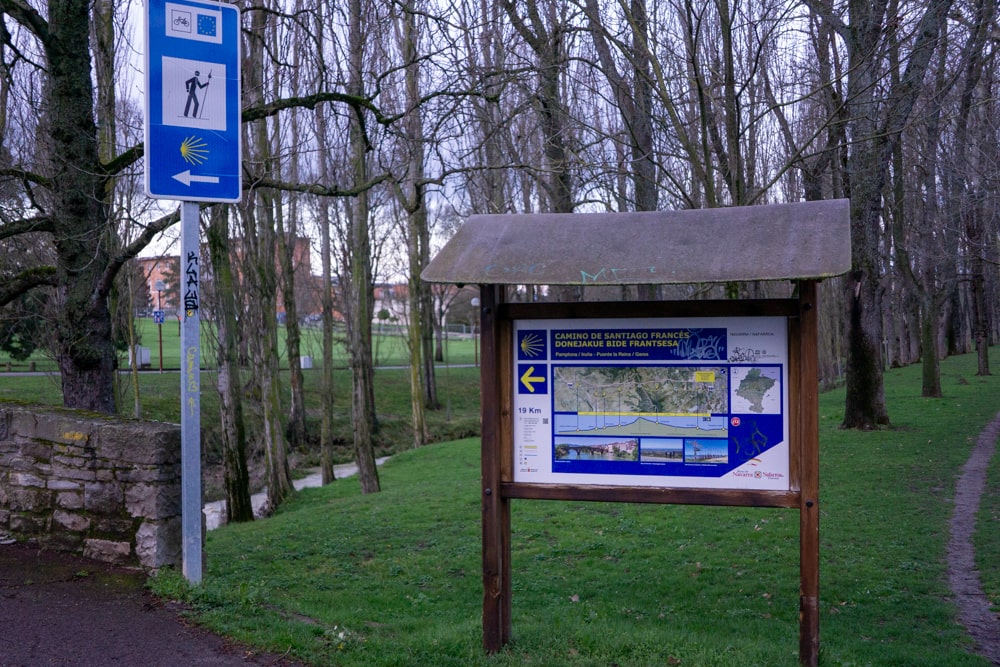
“Official” Camino Francés stages
To give you a better idea of what the route looks like, here’s the commonly used stage layout of the Camino Francés, as listed on Gronze.
Saint-Jean-Pied-de-Port – Roncesvalles
24.2 km – Hard Albergue de Peregrinos de Roncesvalles
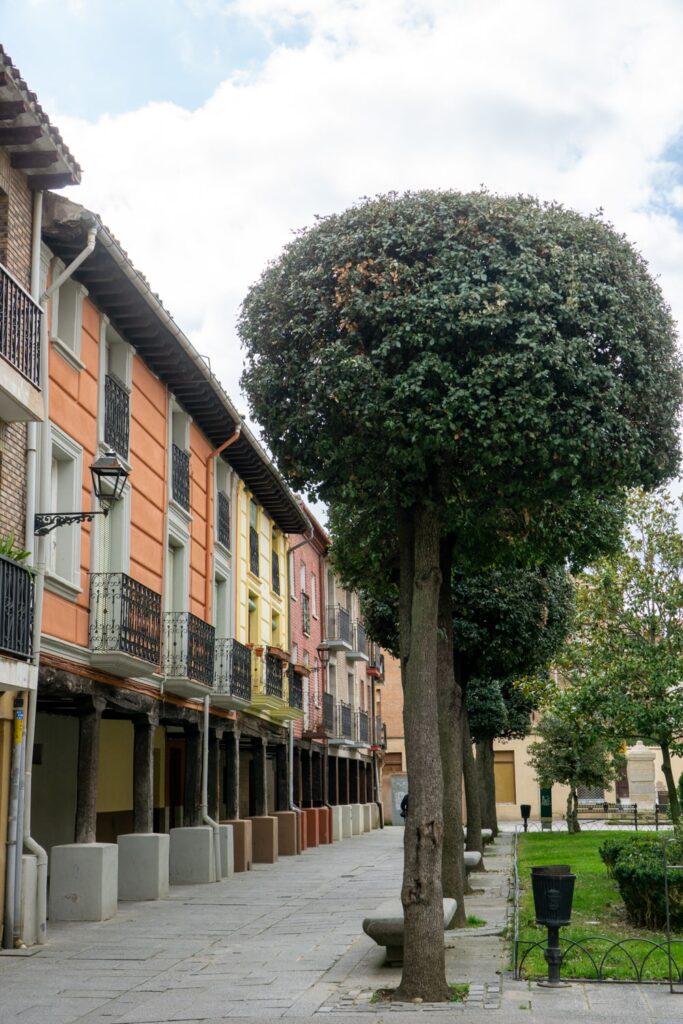
Hornillos del Camino – Castrojeriz
19.9 km – Easy Albergue municipal de peregrinos San Esteban
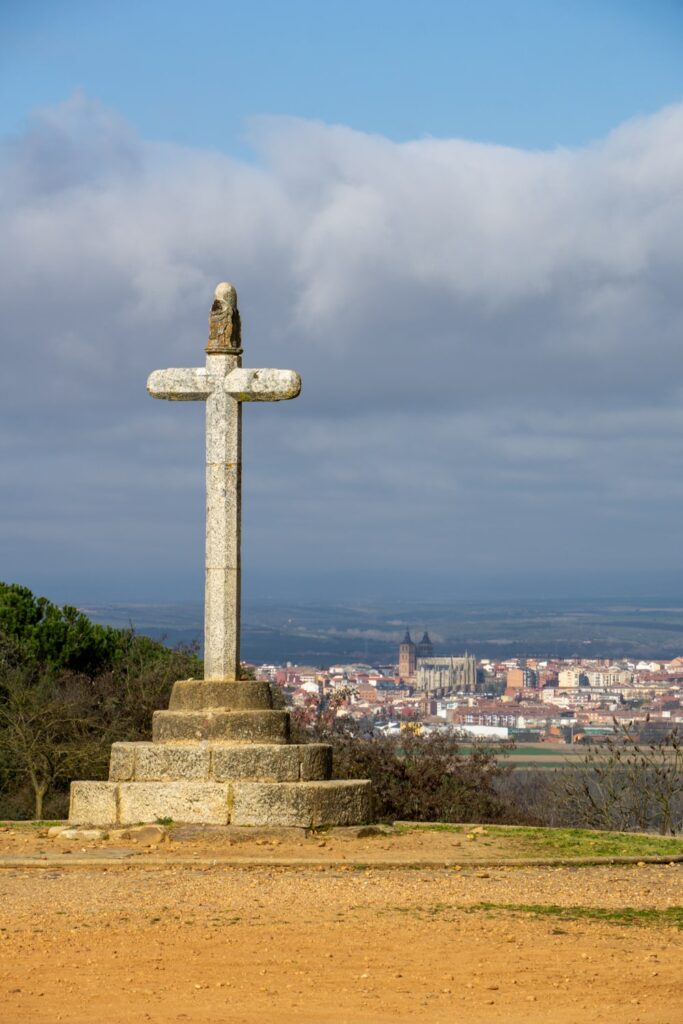
Ponferrada – Villafranca del Bierzo
23.2 km – Easy Viña Femita. Hotel, Albergue y Restaurante
The accommodations listed are places I stayed at myself or heard great things about from fellow pilgrims.
This is how I divided the stages of the Camino Francés
As I mentioned before, I followed a slightly different stage layout myself and by popular request, I’m happy to share it with you. At the start of the Camino Francés, I took it slow with shorter walking days. After Burgos, I noticed my legs getting stronger and I had more and more energy to walk longer distances.
I walked the Camino Francés in 30 days, with one rest day in León. So in total, I was on the road for 31 days. The distances I mention are based on my Strava data, which I started every morning as I left the hostel and stopped as soon as I arrived at the next one.
The stage lengths might differ slightly from what you’ll find in apps or guidebooks. That’s usually because I took a different route here and there, or simply went off-track for groceries or a coffee break.
My Camino stages + where I stayed
Below you’ll find my day-by-day itinerary, including the distances I walked and the places I stayed, with prices and personal notes.
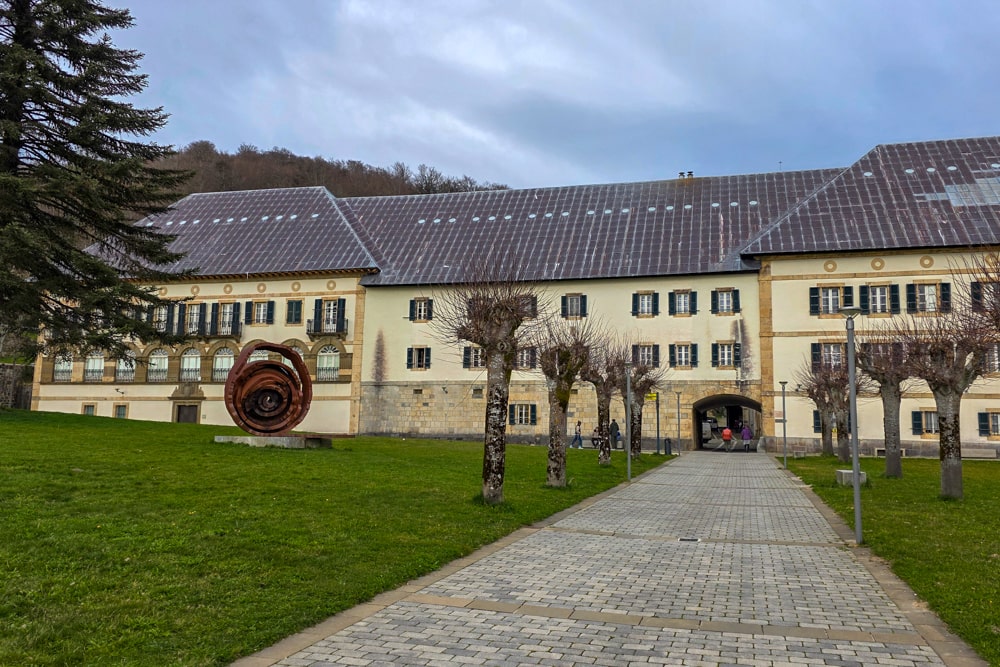
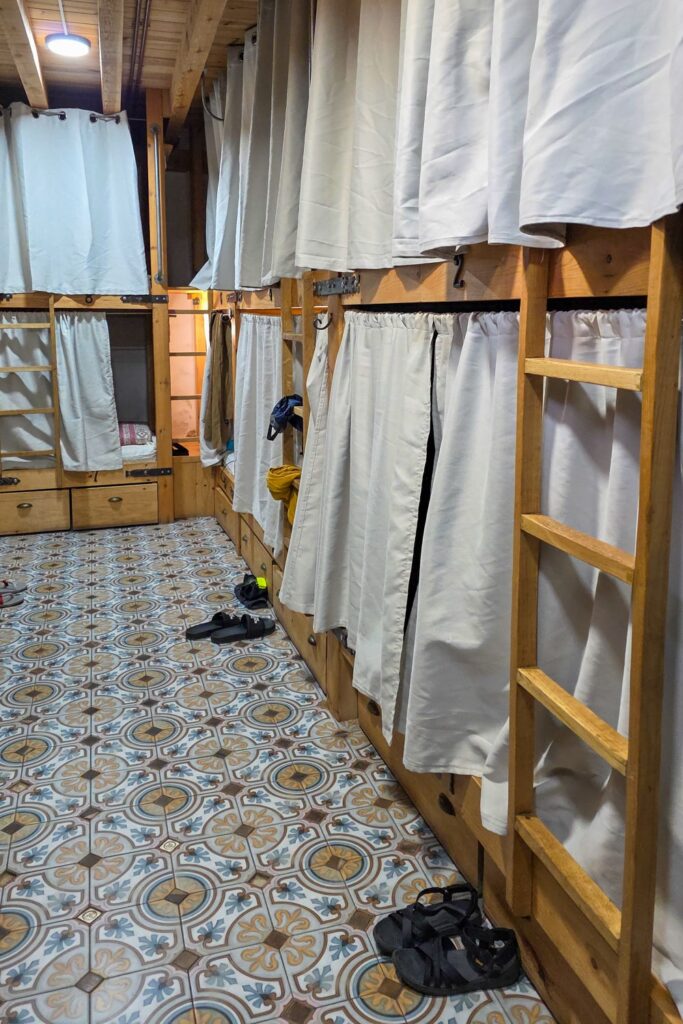
For about 80 to 85% of the overnight stays, I didn’t make a reservation and was able to get a bed right away. In general, the hostels weren’t full, I never saw anyone being turned away.
Tips for creating your own Camino Francés stages
You’ve now seen two example layouts for walking the Camino Francés. But how do you decide on your own? How many kilometers do you want to walk each day? When should you take a rest day? And how do you choose where to sleep? Here are a few tips to help you plan your own Camino.
Use the Wise Pilgrim and Buen Camino apps
For a realistic overview of routes and accommodation, the Wise Pilgrim and Buen Camino apps are both really useful. They show you different options for each stage: from albergues to hostals, what amenities are available in each village, and whether there are supermarkets or restaurants.
💡 Good to know: In the off-season, not all hostels are open. I found this out myself. I had to skip some stages simply because there was no place to stay. Both apps usually include up-to-date info on opening times, so always check them when planning your route. If in doubt, visit the hostel’s website or give them a quick call to be sure.
Listen to your body (and your gut)
This might be the most important tip. It’s your Camino. You don’t have to stick to the official stages or follow someone else’s plan. If you’re in a nice place and want to stop, stop. If you’re feeling good and want to keep going, go for it.
There will be days when you feel strong and full of energy, and other days when everything feels heavy. Make space for both. Being flexible often makes the journey a lot more enjoyable than sticking to a strict daily schedule.

Build up and take your time
It’s smart to start your Camino a bit slower. Your body needs time to adjust to the rhythm. Many pilgrims walk too far in the first few days, end up with blisters or overuse injuries, and are then forced to take a break. If you build up your walking days gradually, you’ll avoid that.
It also helps to take a planned rest day now and then, for example, in a beautiful city like Burgos or León. Your muscles (and your mind) will thank you for it.
Choose overnight accommodations that suit you
From basic pilgrim hostels to trendy hostels or private apartments, you’ll find something for every budget and travel style along the Camino. If you already know where you want to sleep, it can be smart to make a reservation, especially in busy towns or during peak season.
But keep an open mind too. If you arrive early enough, there’s usually still a bed available. Sleeping in an albergue might take some getting used to at first, but it’s also part of what makes the Camino so unique.
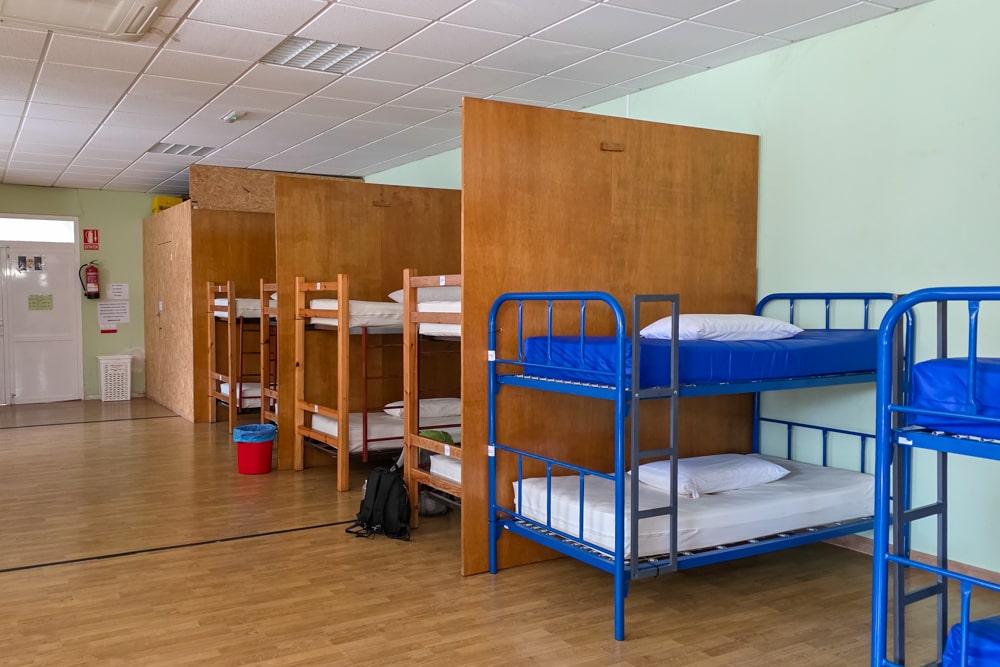
Staying overnight on the Camino Francés
Sleeping somewhere new every night is part of the magic of the Camino. Each day brings a different village, a different place to sleep, and new people to share it with. It sounds simple, just find a bed and sleep, but there are a few things you should know in advance.
Bring a sleeping bag
Most albergues don’t provide bedding. You might get a disposable sheet or a paper pillowcase, but often the mattress is bare. A sleeping bag or a lightweight sleeping liner is essential, even in summer. Nights can be chilly, especially in the mountains, and heating is often limited.
👉🏼 I used a lightweight sleeping bag with a comfort temperature of 0 degrees Celcius, and I was never cold at night.
Most hostels offer blankets, but they’re rarely washed. If you use one, it’s best to wrap yourself in your own liner underneath.

Bed bugs
Unfortunately, bed bugs do exist along the Camino. Not everywhere, of course, but it’s wise to check your bed when you arrive. Look at the seams and corners of the mattress, and see if there are tiny black dots (those could be droppings). Also, never place your backpack on the bed. Put it on the floor or a chair.
If you do get unlucky, report it to the hostel so they can take action quickly. It helps other pilgrims too.
Earplugs
You’ll often be sleeping in dorms with other pilgrims, sometimes with eight people, sometimes forty. And let’s be honest: there’s always at least one snorer. Bring good earplugs, or use white noise on your phone with headphones.
Also helpful: an eye mask or a Buff you can pull over your eyes. Lights go on and off regularly, and it can really disturb your sleep.
Bring flip-flops or sandals
In most albergues, you’re not allowed to bring your walking shoes into the sleeping area. So be sure to pack some lightweight flip-flops or sandals for the shower or for walking around in the evening. Your feet will be grateful.
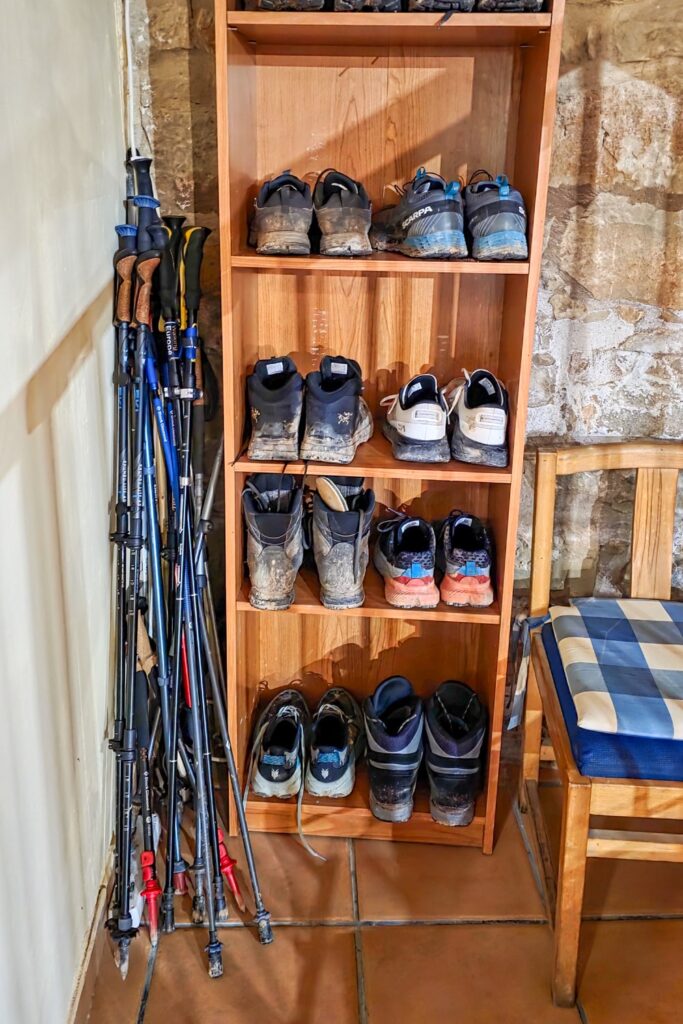
To book or not to book?
In low season, you can usually walk without making reservations. But during high season, or when the weather’s bad and everyone stops in the same places, it’s smart to book ahead. Especially in tiny villages with only one albergue, or if you want a private room, booking can make all the difference.
👉🏼 I hardly ever made a reservation on the Camino Francés, but when I did, I used Booking.com. They offer lots of hostels and private stays, and you can check the reviews instantly.
Want to stay flexible? Then make an early start. If you arrive around 1 p.m., you’ll usually still have plenty of options.
Read more about the Camino de Santiago
These were all my tips for grading Camino Francés stages! To get more ideas on how to lay out the stages on the Camino Francés, it is helpful to purchase one of these hiking guides.
A Pilgrim’s Guide to the Camino de Santiago (Camino Francés)
Camino de Santiago, Camino Frances: St Jean – Santiago – Finisterre
Want more Camino tips and personal stories? You’re in the right place! Take a look at:
- My Camino Francés travel journal
- Camino Francés Guide: practical tips and personal experiences
- The ultimate packing list for the Camino de Santiago
And don’t forget to sign up for my newsletter. I share travel inspiration and practical tips for the most beautiful destinations.
Hi, and how nice that you’re reading this little disclaimer! As you probably know, maintaining a website takes time and money. If you found this article helpful, you can support this website, for example by booking through one of the links. It won’t cost you anything extra, but it helps me keep this blog up and running. Thank you! 💛

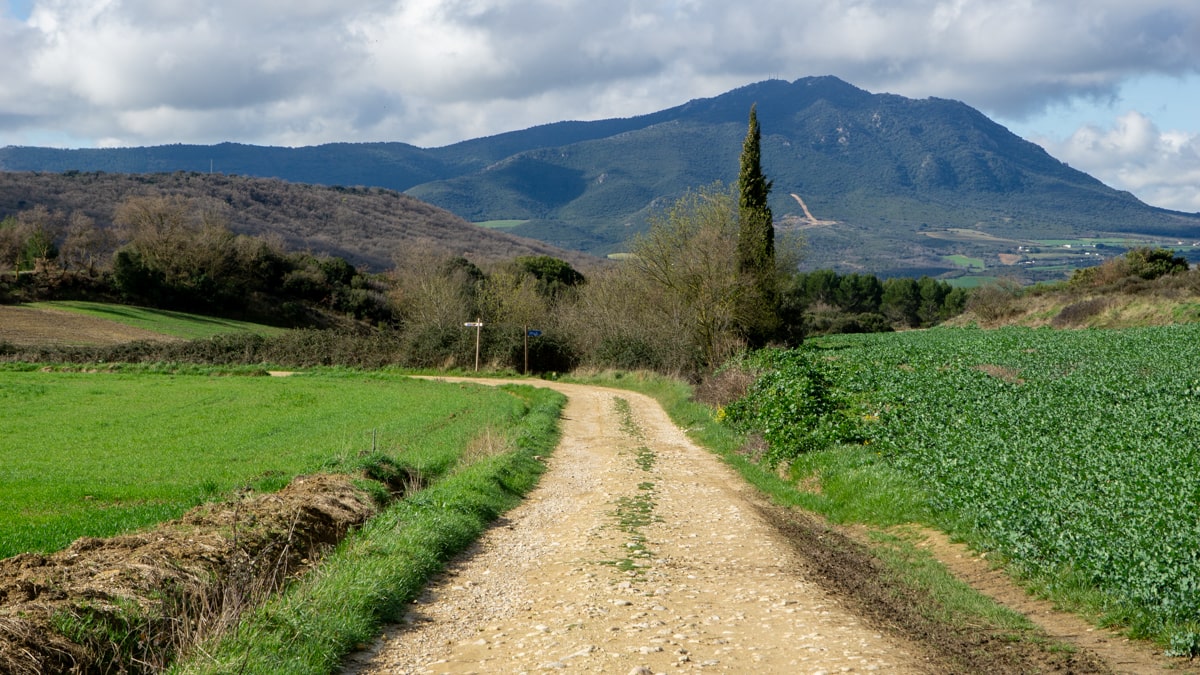


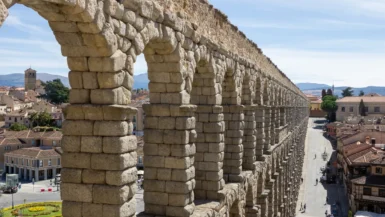
Leave a reply